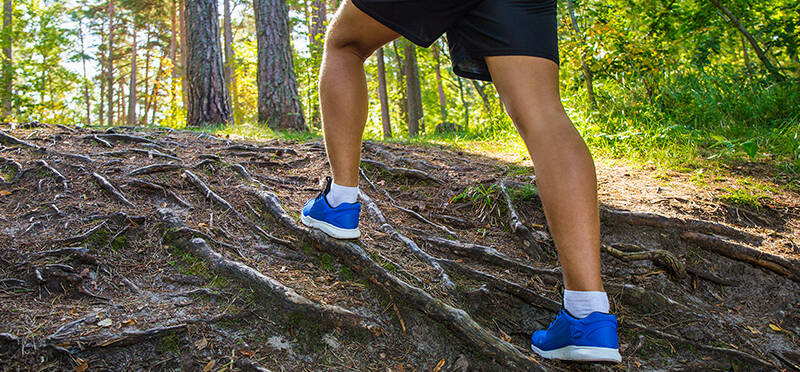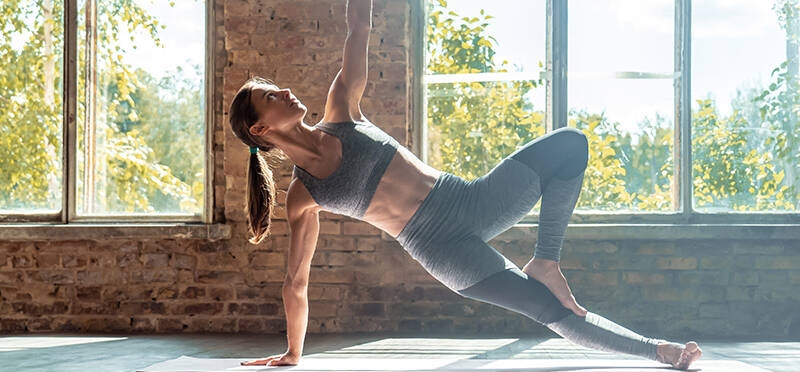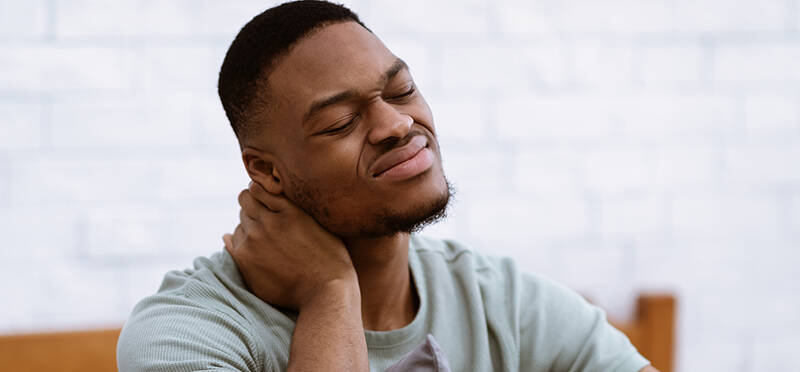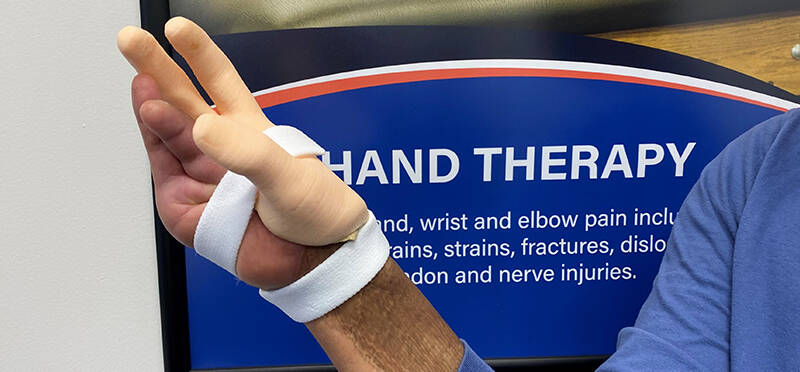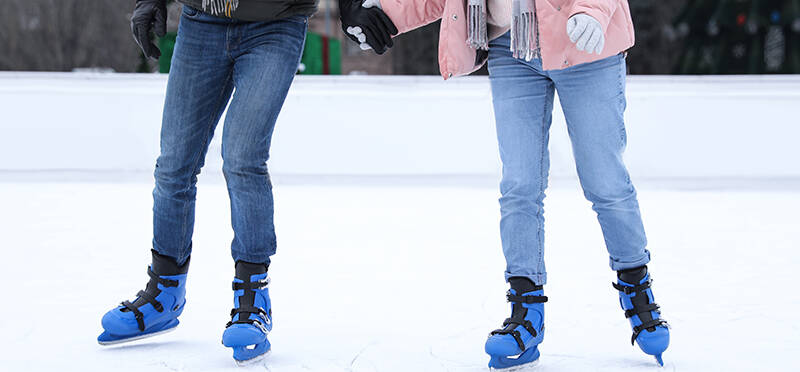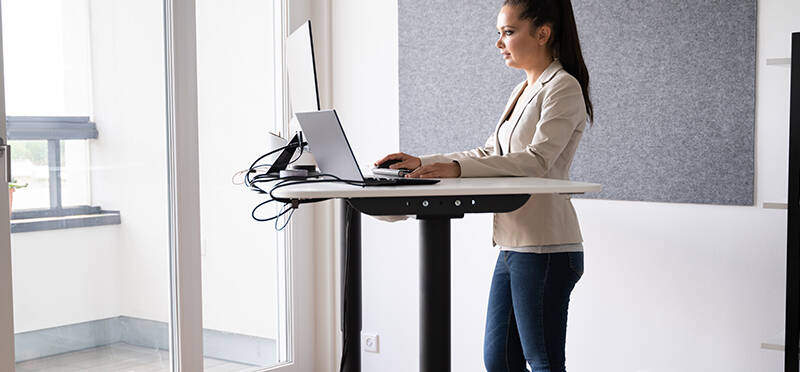The Connection Between Fitness and Mental Health
Posted on January 28, 2022 by Tanner Neuberger, PT, DPT, TDN Level 1
Taking care of yourself and your mental health continues to be at the forefront of many of our priorities, especially with the increase in mental health symptoms noted since the start of the pandemic1. Exercise has been shown to reduce depressive symptoms and prevent symptoms from forming2. It also has a strong correlation to preventing cognitive decline3. Exercise can reduce inflammation through various mechanisms/pathways and positively affect mental health and well-being4, among many other positive benefits. Now more than ever, it is important to take care of your mental health and prioritize it. Our bodies are designed to move, and as shown previously, it has a direct correlation to mental well-being. A relatively “easy” way to do that is through exercise.
(more…)




